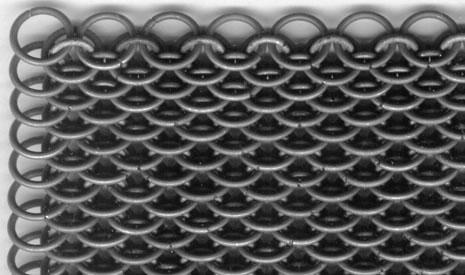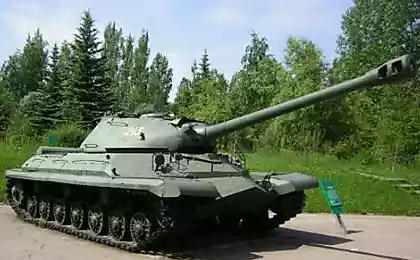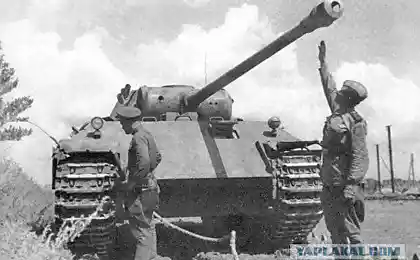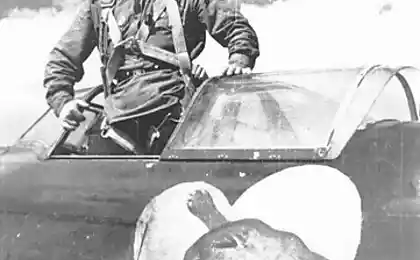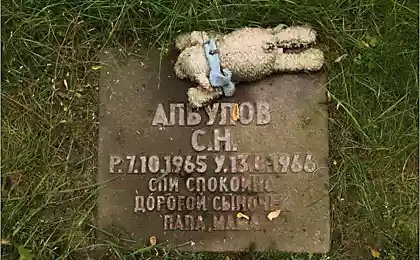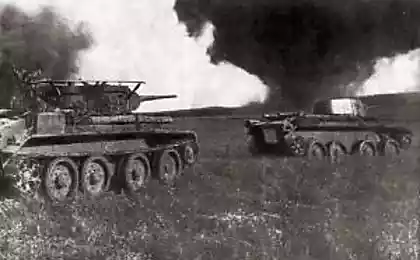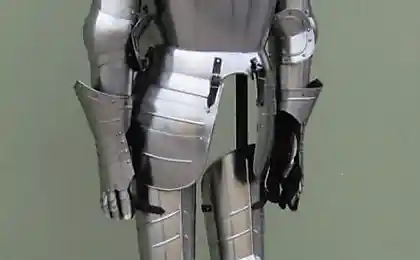3066
Scale
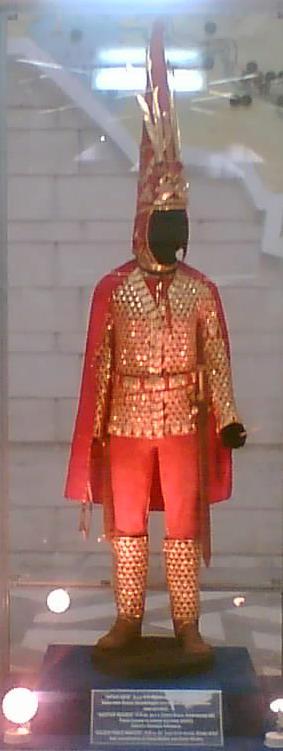
Ceremonial armor Saka king of the golden scales sewing on leather-based, which is a stylized armor cataphracts
Scales - one of the oldest versions of armor created in imitation of scales animals.
Historical variety of scales
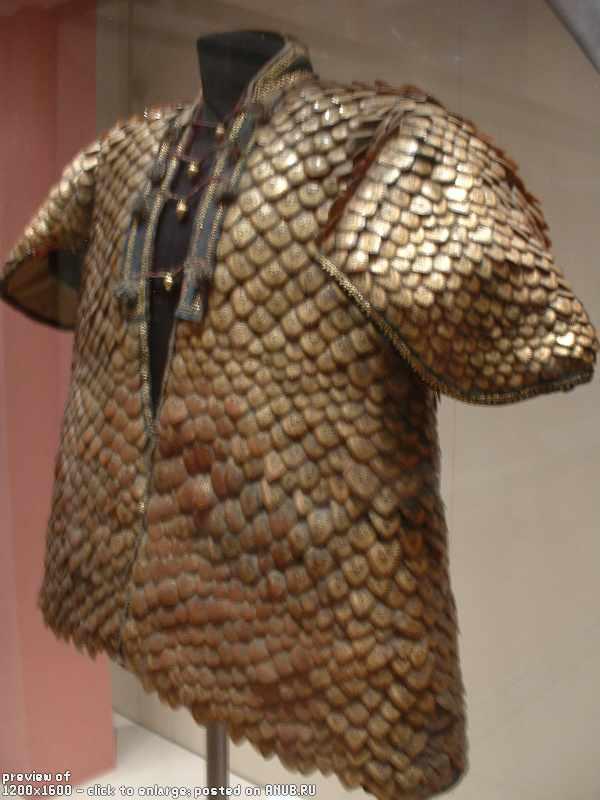
Indian ceremonial armor of gilded pangolin scales
(From the skin of pangolin)
The oldest type of armor of scales - leather armor from the skin scaly animal, the skin is treated so as to preserve the natural surface. With the advent of metal weapons turned in a very ceremonial armor.
Sew scales
Sew scales - scales is sewn onto the base (leather or cloth). This - the most famous and popular type of scales. It is most easy to produce and widely used since ancient times - known ever since the dawn of civilization. So, Herodotus follows describes the armor of the Persian king Xerxes soldiers: "On their heads they were so-called tiara and Body - spotted coats with sleeves made of iron scales like fish scales».
Such armor, in particular, were the Parthian and Roman katafraktariev Clibanarii. This type of armor did not disappear even in the Dark Ages and later times, when Europe became practically the only chain mail armor type. In this case, the armor worn over chain mail. It is known that the European Marines wore similar armor until they existed in 1325 and in Asia - for example, some Mongolian kuyak were sewn onto clothing scales. They are used in a number of countries in Asia and Eastern Europe; occasionally in Russia in XIII-XVIII.
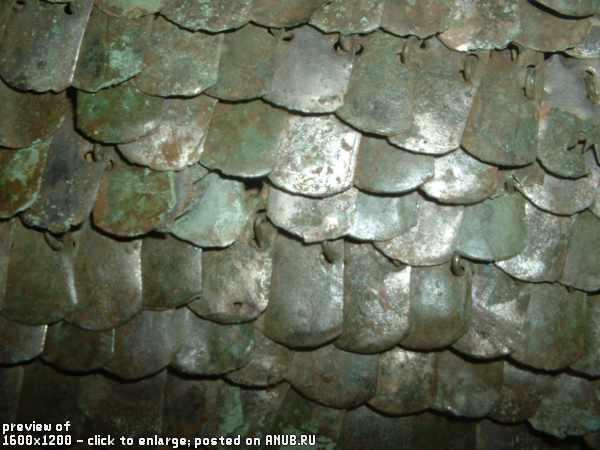
Roman bronze lamellar scales, cemented rings instead cord
Lamellar scales
Flakes, woven without a basis in lamellar, not from the bottom up and top down. There are two different versions of what came first - lamellar or lamellar scales, since the principle of armor they one and the same. The difference is that when butting infantryman in the bottom of the rider dressed in scales, tip the scales between proskolznёt weapons and strike him, but if a rider dressed in lamellar, the tip just soskolznёt with armor; exactly the opposite situation with a grunt at the top blows off his horse: tip of weapons will take place between the lamellar flakes, but soskolznёt with scales.
Curiously, in the extant Roman scales of bronze, which is on the design of the lamellar (ie not having a base), the scales are not fastened cord and rings. This armor was used in the Byzantine army. Various shapes flakes fastened with cords.

scales in the form of stars
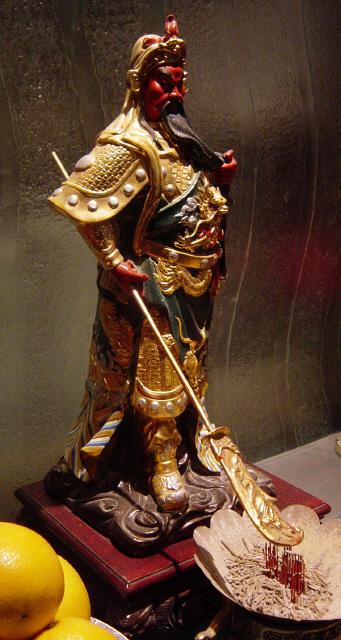
Guan Yu in the armor of stellar scales
Scales in the form of stars and scales in the form of mountains
Is a Chinese version of the lamellar scales, pro-evolved beyond recognition, in which individual plates have a form trёhkonechnyh stars, either in the form of the character 山 «shan" (mountain) with plates of trёhkonechnyh stars with two parallel spikes arranged so that the plate is like «W».
• The scales in the form of stars - rays have holes at the ends of the cord and woven so that the cord connecting the ends of the three stars, is the fourth star center closed and protected from razrubaniya. At the same time looks like a armor consisting of small stars, and their connecting cords are not visible.
• in the form of scales in the mountains - the upper beam has a hole over which is sewn to the base beam and the other two are at the ends of appendages parallel upper beam (so that there is like an inverted "M"). The plates are arranged in the same way as in the scales in the form of stars, but the processes are caught in the center of the fourth star.
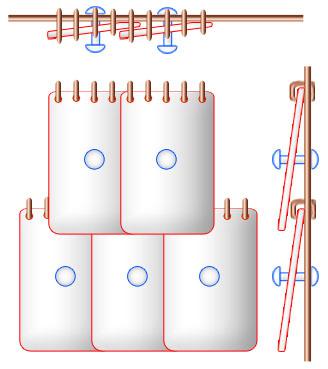
Sew-riveted scales
Sew-riveted scales
Armor plates collected in cloth or leather basis. Plate armor sewn to the base of 5-6 holes in the top edge and is fixed in the center of one or two rivets.
The widespread use of this type of armor was a Russian security complex in XIII-XIV .; Unfortunately, up to now, no such armor in whole form is not preserved, so the appearance of this type of armor can only be judged on individual plates and pictorial sources of the time. The most revealing in this respect from the plate scales Novgorod mayor Ontsifora Lukic (the middle of the XIV century.), And Pskov scales attributed to Prince Dovmont-Timothy (middle - the second half of the XIII century.). The dimensions of the plates was about 6 × 4-6 cm, and in the armor of their departure a few hundred.
For medieval Russia characterized by the use of scales sewing-riveted together with tire protection limb (this trend can be traced to pictorial sources of the time). S.Gerbershteyn visiting Russia under Vasily III, writes about the Russian army: "Some of the more notable wear armor, armor, artfully made, as if from the scales, and bracers».
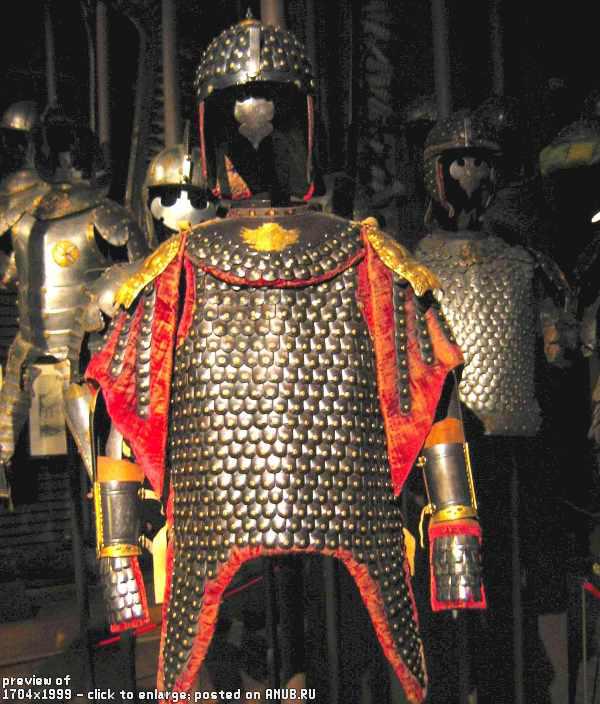
Hussar armor in the Sarmatian style of Karatsu, stylized armor Sarmatian cataphracts
Riveted scales (Karatsu)
Of scales, often with reinforcement ribs that are not sewn and riveted to leather-based two-three rivets (small scales - only one rivet), the name of Pol. Karacena comes from the Latin. coriacea skórzana (not to be confused with Koratsina from Italian. Corazzina). Particularly popular this type of armor gained in Poland and Lithuania (as well as among Belarusian and Ukrainian gentry), due to the very fashionable theory Sarmatian since Jan Sobieski, on a Sarmatian The origin of the gentry (the ancestors of slaves were considered other peoples). In connection with this armor from Karatsu, worn by the nobility, was styled under the Sarmatian cataphracts scaly armor. Due to the fact that this armor was very fashionable and prestigious, it was worth the fabulously expensive and was not available to many nobles. Unlike hussar armor, including armor armor of Karatsu met in full growth (with full protection of the feet). One such armor full-length is stored in the Kremlin Armoury and the other is exactly the same, belonging to the genus Unishovskih stored in Wawel Castle.
Fantasy variety of scales
These species are not historical prototypes and distributed rolevikov.

Figure Boeheim, which led to a multitude of misunderstandings
Cheshuefitsirovannaya chainmail
Mail, rings which are flattened from one side after netting in the scales ... causing confusion caused by careless reading of "The Encyclopedia of Weapons" Boeheim that Baydaev Italian variety, called Italian. maglia ghiazzerina (yatserinovoe weaving or simply "yatserin"), calls the scales, in addition, it is wrong to call this kind of chain mail ... Karatsu. Which again led to the false belief that karatsenu mistakenly believe a kind of chain mail.

"Dragon" scales "»
Widespread among roleplayers (especially tolkinistov), a special kind of chain mail weave Royal "Royal weaving", also called "8 2" - homologous weaving "4 in 1", with the difference that instead of weaving a single ring, a pair of rings. Unlike traditional royal chainmail weave in "dragon scales" for decorative purposes in each pair of rings have different diameters. Some species of "dragon scales" are not weaving "8 2" (as the "Royal"), and "4 2" and "6 2". Due to the lack of a chainmail historical analogies, historical reenactors hardcore (not role play) is often referred to this type of chain mail "Goblin" .
